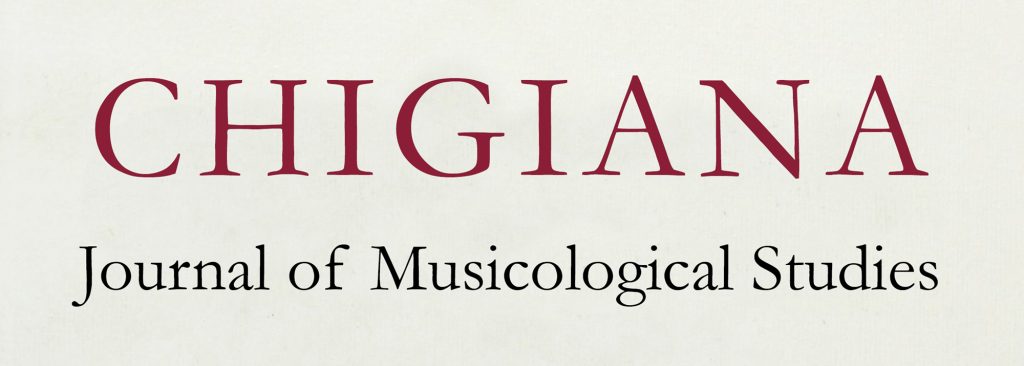
Exporting Naples: Geopolitics and Transculturality, from “Te vojo bene assaje” to Caruso
Paolo Prato
The city of Naples exerted a remarkable cultural hegemony on the surrounding areas over the time frame we are focusing on, and increasingly extended its influence beyond the border, favored by the massive migratory wave towards the Americas. Around the middle of the XIXth century the city turned out to be the center of a blooming popular music which sparked interest in many parts of the world where it soon became a staple of the salon music scene. The paper is meant to map the spread of the early Neapolitan songbook abroad into two phases, pioneered by the mandolin craze and the tarantella vogue: at first it was assimilated as a middle-class product valued by conservatory-trained composers; then it produced another kind of hybridization favored by migration and the ‘distance effect’ tied to Naples. With the rise of Caruso, the fame of Neapolitan song reached its peak in Europe, the Americas, Asia, and Oceania. If Vienna was the capital city of dance, Paris of the song engagé, London of music theatre and Tin Pan Alley was laying the foundations of modern song, Naples set the agenda for the mainstream repertoire, featured by a high rate of universality, including its operatic flavor. Increasingly shaped as a glocal product, Neapolitan song worked as a ‘brand’ paving the way to the notion of ‘Made in Italy’ and ultimately provides a major case study in the emerging domain of transculturality.
Napoli ha esercitato una rilevante egemonia culturale sulle aree circostanti nell’arco temporale oggetto del convegno, estendendo la propria influenza oltre confine, complice la massiccia ondatā migratoria verso le Americhe. Verso la metà dell’Ottocento la città divenne il centro di una nascente popular music che suscitò interesse in molte parti del mondo entrando presto e stabilmente nel repertorio della salon music. Il presente lavoro intende mappare la diffusione del canzoniere napoletano all’estero, che si affermò in due principali modalità: inizialmente fu assimilato come prodotto per la classe media, nobilitato da compositori di provenienza classica; quindi, produsse un altro tipo di ibridazione favorito dall’emigrazione e dall’“effetto nostalgia” legato alla città. Con l’ascesa di Caruso, la fama della canzone napoletana raggiunse l’apice in Europa, Americhe, Asia e Oceania. Se Vienna era la capitale della danza, Parigi della canzone impegnata, Londra del teatro musicale e a New York si gettavano le basi della canzone moderna, Napoli dettava l’agenda del repertorio mainstream grazie a un elevato tasso di universalità di cui è largamente responsabile il suo sapore operistico. Progressivamente plasmata come prodotto glocal, la canzone napoletana ha funzionato come brand anticipando l’idea del “Made in Italy” e offrendosi dunque come importante caso-studio nell’emergente ambito della transculturalità.
